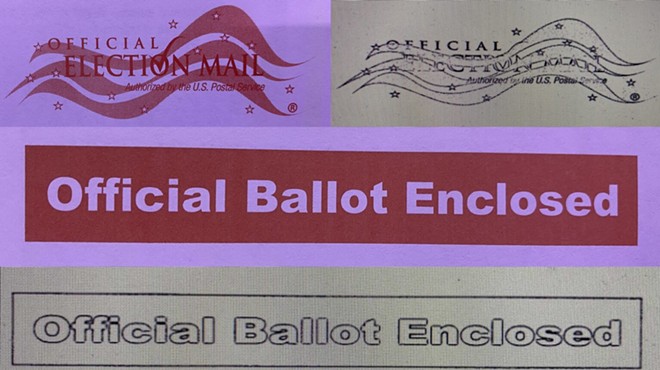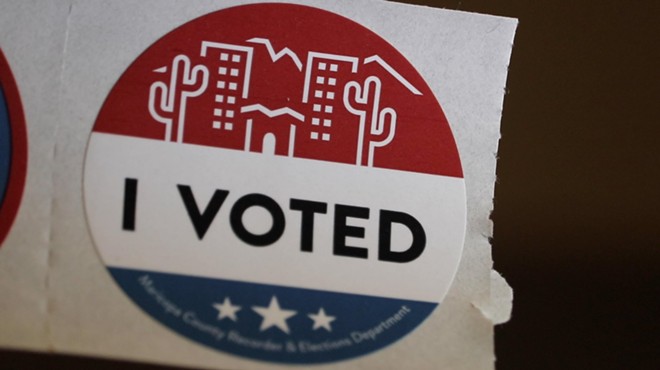Wednesday, April 20, 2016
Independent Redistricting Commission Wins Another Round at U.S. Supreme Court
Ever since Arizona Republicans realized they couldn't control the Independent Redistricting Commission, they have worked to undermine and discredit it with arguments that Democrats were gerrymandering the districts.
Traditionally, gerrymandering means that Democrats are rigging the system so that they win the elections. But when you look at the maps, it's pretty hard to say that the Democrats did that. At the Arizona Legislature, Republicans hold 18 of 30 Senate seats and 36 of 60 House seats. And on the federal level, Republicans have five of nine congressional districts. (The congressional districts break down like this: Four are solidly Republican, two are solidly Democratic and three are competitive.)
But the GOP certainly succeeding in pushing their narrative, at least among conservative Arizonans who have complained that the process was corrupt (as opposed to having state lawmakers draw their own districts). But they've had less luck in the court system. So far, they've lost twice at the U.S. Supreme Court: Last year, the high court said that Arizona voters had the right to hand over the power to draw the lines to the Arizona Independent Redistricting Commission. And today, the justices unanimously rejected arguments that the IRC had gerrymandered the legislative districts because in some cases, the population counts were not exactly equal across the board.
Howie Fischer, the hardest-working man in Arizona show business, has a report here. If you're interesting in digging into the weeds, SCOTUSBlog has analysis here; Election Law Blog has analysis here.
Traditionally, gerrymandering means that Democrats are rigging the system so that they win the elections. But when you look at the maps, it's pretty hard to say that the Democrats did that. At the Arizona Legislature, Republicans hold 18 of 30 Senate seats and 36 of 60 House seats. And on the federal level, Republicans have five of nine congressional districts. (The congressional districts break down like this: Four are solidly Republican, two are solidly Democratic and three are competitive.)
But the GOP certainly succeeding in pushing their narrative, at least among conservative Arizonans who have complained that the process was corrupt (as opposed to having state lawmakers draw their own districts). But they've had less luck in the court system. So far, they've lost twice at the U.S. Supreme Court: Last year, the high court said that Arizona voters had the right to hand over the power to draw the lines to the Arizona Independent Redistricting Commission. And today, the justices unanimously rejected arguments that the IRC had gerrymandered the legislative districts because in some cases, the population counts were not exactly equal across the board.
Howie Fischer, the hardest-working man in Arizona show business, has a report here. If you're interesting in digging into the weeds, SCOTUSBlog has analysis here; Election Law Blog has analysis here.











